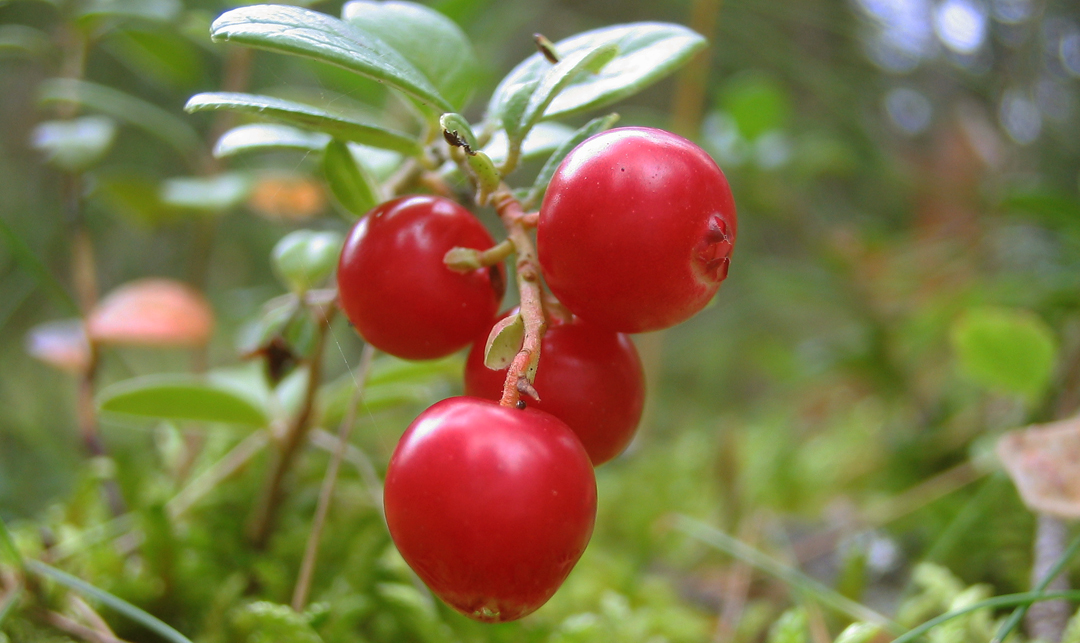The new superfruit: Lingonberry!
We've said it for years. Now, thanks to Oprah and Dr. Oz, lingonberries are the hottest item on the block. A selection of recipes and some background.
-
 Sherry Kimball's lingonberry pizza. It works!
Sherry Kimball's lingonberry pizza. It works! -
-
"One of new berries on the block that science is seriously looking into is the lingonberry; it appears to have higher concentrations of plant polyphenols and may confer even greater health benefits. Well known in Scandinavia... ..scientists are showing its value in both human and animal studies that are proving to have positive results."
- From the Dr. OZ SHOW, October 5. 2011 / More info, see: The Superfruit -
 Vaccinium vitis-idaea (cowberry and lingonberry). The English word lingonberry comes from the Swedish word lingon.
Vaccinium vitis-idaea (cowberry and lingonberry). The English word lingonberry comes from the Swedish word lingon. -
-
“None of our American guests have ever shunned the experience and taste of lingonberries,” claims our Danish-born hostess. “On the contrary, it would seem that the lingonberry preserve, which is much smoother and slightly on the sweet side when served on its own, resonates well with the American palate, and the same is true for the red cabbage—such a staple with pork and poultry in Denmark and southern Sweden." - Scandinavian Chef Mette Barslund.
-
“Our family uses the lingonberry preserves served as is, from the can, or spices it up with black pepper, a bit of gin or sherry, or orange and lemon.” - Chef Sherri Kimball.
-
The English word lingonberry comes from the Swedish word lingon
While many of us associate lingonberries with meatballs, as a trimming with pancakes, or a complement to poultry or meat, a growing number of Scandinavian and American chefs have learned how to use this Scandinavian staple in a variety of dishes and combinations. Although related to the North American cranberry, it is less tart and much smoother than its distant relative.
Here's but one of our more exciting lingonberry recipes: Sherry Kimball's lingon berry pizza and for the truly courageous, a lingonberry soufflé Basic French with a Scandinavian twist -
Vaccinium vitis-idaea (cowberry and lingonberry) is a small evergreen shrub in the flowering plant family Ericaceae (heath) that bears edible fruit.
It is seldom cultivated, but the fruit is commonly harvested from the wild. Its native habitat is the forests of northern Eurasia and North America, extending from temperate into subarctic climates.
The fruit, actually a false berry, is red and acidic, ripening in late summer to autumn.
The species resembles the related and similar cranberry (Vaccinium oxycoccus, V. microcarpum and V. macrocarpon), differing mainly in having white, not pink, flowers, with inward-turning petals partially enclosing the stamen and pistils, and rounder, less pear-shaped berries. -
-
